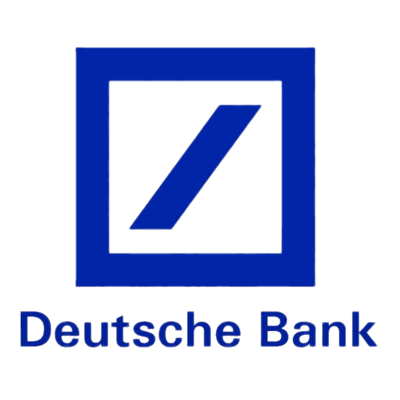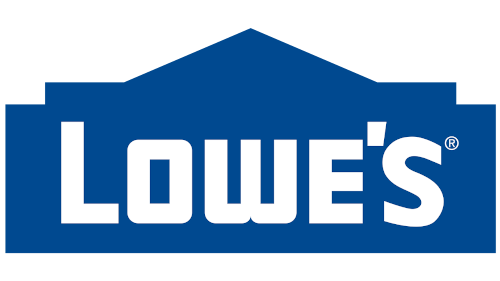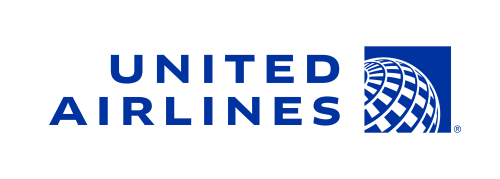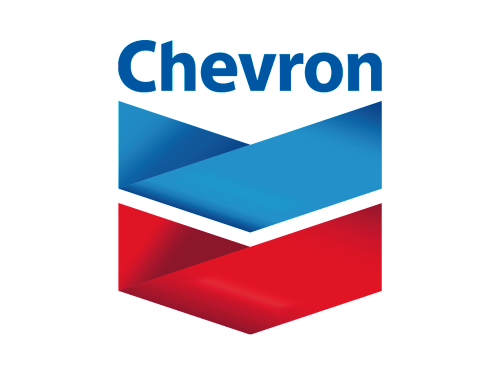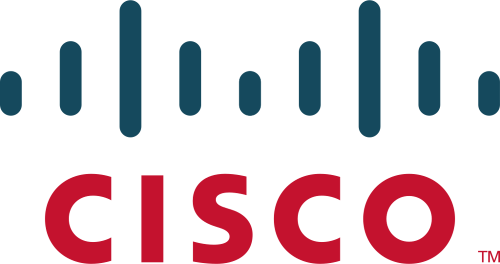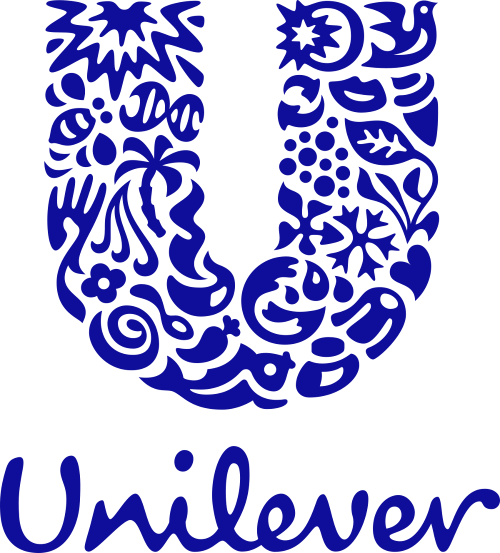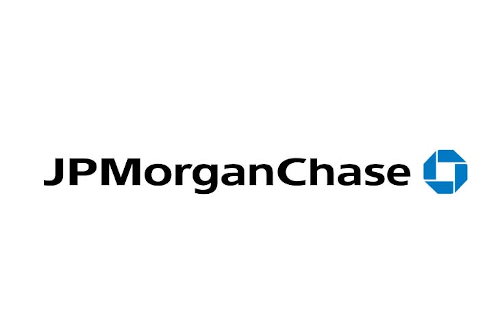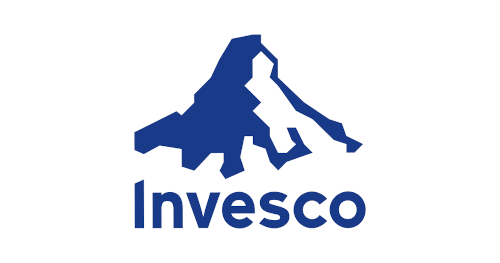Server Rack Best Practices for Tracking Assets and Space Utilization
Managing server racks effectively is one of the most critical aspects of running a successful data center. Accurate asset tracking and efficient space utilization can make or break your operations. Without proper processes in place, you risk issues like wasting resources and escalating costs.
In this blog post, we’ll explore best practices for tracking assets and space utilization in server racks, with an emphasis on how Data Center Infrastructure Management (DCIM) software can support these efforts.
The Importance of Accurate Asset Tracking
Accurate asset tracking is fundamental to any well-managed data center. Missing or incorrect data about your assets can lead to significant operational challenges, including inefficient troubleshooting and unnecessary expenses.
Why Accurate Tracking Matters
- Operational efficiency. Accurate asset data helps you quickly locate and manage equipment, reducing the time spent on planning, troubleshooting, and reporting. With up-to-date records, you can avoid unnecessary delays and keep operations running smoothly.
- Cost savings. Complete asset information can help you avoid paying for maintenance on equipment that is no longer in use and prevent unnecessary hardware purchases due to visibility into your existing inventory.
- Risk mitigation and reporting. Comprehensive asset tracking helps support industry standards and regulatory requirements by maintaining audit-ready records of your equipment. It also reduces the risk of outages caused by mismanagement, such as overloading racks or overlooking maintenance schedules.
Key Considerations for Asset Tracking
- Ditch the spreadsheets. Using Excel for asset management is manual, lacks real-time data, and often results in human error. Consider a centralized data center management solution that consolidates all asset data in one database. This enables easy access for all users, prevents data silos, and ensures everyone works off of the same information, maintaining accuracy and data-driven collaboration across the organization.
- Standardize asset identification. Assign unique identifiers to every asset, such as barcodes or QR codes. These tags should be linked to detailed records that include information like make, model, serial number, location, purchase dates, and maintenance dates. This enables consistency and reduces confusion when tracking equipment.
- Perform regular audits and updates. Schedule routine audits to verify the accuracy of asset records and reconcile any discrepancies. Establish processes to immediately update the database whenever assets are added, relocated, or decommissioned to keep records current and reliable.
How DCIM Software Simplifies Asset Tracking
DCIM software offers a single version of truth for all data center assets.
With a modern DCIM tool, you get:
- Concurrent multi-user access with granular permissions. DCIM software supports simultaneous multi-user access with role-based permissions, ensuring secure and controlled access to specific locations, assets, or fields.
- A consolidated database for collaboration in a web interface. DCIM software centralizes data center operations on a single platform, enabling cross-functional collaboration through an intuitive, browser-based interface accessible from any desktop, tablet, or mobile device.
- A relational database for dependency mapping. DCIM software tracks all physical data center infrastructure, mapping equipment relationships and dependencies to improve planning, decision-making, and operational efficiency.
- An equipment template database for automated data entry. Modern DCIM software features an extensive, continuously updated model templates library with detailed equipment information, enabling automated data entry and device provisioning to streamline planning and deployments.
- Standard and custom fields with rules. Out-of-the-box standard fields simplify tracking essential asset details, while custom fields allow tailored data management, and a business rules engine ensures accuracy and consistency by automating data entry and updates based on configurable conditions.
- Validations to ensure accurate data. DCIM software is designed to track all data center assets, parts, and spares in a structured database with predefined asset classes and subclasses, using built-in validations to reduce errors and enabling accurate audits through barcode or QR code scanning, guided by logic and voice response capabilities.
Optimizing Space Utilization in Server Racks
Efficient space utilization is another cornerstone of effective server rack management. Overcrowded racks can lead to overheating, while underutilized racks waste valuable resources.
Why Space Utilization in Server Racks Matters
- Capacity planning and scalability. An optimized rack layout provides clarity on available capacity, making it easier to plan for growth or allocate resources. It ensures that future equipment can be accommodated without disrupting existing setups, supporting better scalability.
- Improved cooling efficiency. Properly utilizing rack space helps prevent overcrowding, which can lead to hot spots and strain cooling systems. Optimized layouts ensure better airflow and temperature management, reducing the risk of equipment overheating and prolonging hardware lifespan.
- Cost savings. Maximizing the utilization of existing rack space defers the need to purchase and deploy additional cabinets, saving on capital expenditures.
Key Considerations for Space Optimization in Server Racks
- Ditch your manual rack elevations. Rack elevation diagrams are useful for tracking assets and visualizing space capacity, but creating and updating them manually for every change is an arduous process. Consider a solution that automatically renders rack elevations in 2D or 3D and automatically updates with every change.
- Optimize for power and cooling distribution. Distribute equipment evenly across racks to prevent power and cooling imbalances that can lead to overheating. Implement airflow management strategies, such as blanking panels and hot aisle/cold aisle configurations, to enhance cooling efficiency.
- Conduct regular audits. Perform routine assessments of rack space usage to identify underutilized racks or overcrowded areas. Use these audits to optimize the arrangement of assets, ensuring space is used effectively while accommodating future growth.
How DCIM Software Helps Improve Capacity Utilization
DCIM tools provide visualizations of rack layouts and real-time data on space usage. These insights allow you to identify unused capacity, predict future needs, and optimize layouts for better cooling and energy efficiency.
With DCIM software, you can:
- Perform what if analysis. Visualize space and power utilization of all your planned projects across all your racks to make better project planning decisions, manage the density of equipment across your racks, and look for racks with underutilized capacity.
- Safely deploy more servers in existing rack space. Modern DCIM software provides advanced tools to help maximize the utilization of your existing resources and defer the need to purchase more. With machine learning algorithms like Auto Power Budget, it can automatically set a highly accurate power budget for each server instance you deploy based on its actual load in your environment so you can know if you can deploy more servers in your existing rack space. Using this feature, Comcast was able to get 40% more utilization out of their existing resources.
- Find the ideal rack space for equipment. Using equipment templates with pre-defined deployment requirements, DCIM tools allow you to quickly search and find the optimal cabinet to deploy new equipment in by searching multiple parameter requirements at once and receiving a list of all the cabinets with the available space, power, and data/power connectivity capacity for it. Then, you can reserve those resources all at once.
- Visualize capacity and utilization. Get a holistic 2D or 3D view of rack capacity across multiple parameters including space, power, cooling, and weight. Visualize underutilized or unevenly distributed resources to make more informed decisions that improve utilization and efficiency.
Cross-Functional Collaboration and Accountability
Effective server rack management relies on seamless collaboration among teams such as IT, operations, and facilities teams. These groups often have distinct priorities and without coordination, siloed approaches can create inconsistencies, inefficiencies, and mismanagement.
How DCIM Helps Drive Cross-Functional Collaboration
A single pane of glass provided by DCIM software enables all teams to access the same data, reducing miscommunication and ensuring everyone is working from the same information.
Modern DCIM software enables integration with other tools to share data and eliminate double entry, such as:
- CMDB integration. With bidirectional CMDB integration, the Configuration Item (CI) data you are already entering into your CMDB like ServiceNow, Cherwell by Ivanti, BMC, or homegrown systems is automatically synchronized with your DCIM software and changes to information in your DCIM software are also automatically reflected in your CMDB.
- Ticketing integration. Integrating with ticketing systems like ServiceNow, Cherwell by Ivanti, Jira, and BMC facilitates streamlines workflow, reduces swivel chair management, eliminates work requests by email, and provides an organized worklist with real-time status updated automatically between systems.
- VMware integration. Simplify the discovery and management of virtual assets and correlate VMs and hosts so you know what VMs might be impacted by changes to the data center infrastructure that supports that host (e.g., service on a UPS or replacement of a rack PDU or network blade).
- APIs. DCIM software with fully-documented bidirectional RESTful web service APIs can integrate with other systems that have the appropriate APIs to automate virtually anything that can be done in the GUI.
Plus, DCIM software democratizes your data center KPIs to support data-driven collaboration. You can create, edit, and share your own custom dashboard pages, give your management personalized dashboards or schedule recurring management reports, share dashboard widgets to your corporate portals, and share dashboard securely with granular, role-based access control.
Real-World Examples: Server Rack Management Success with DCIM Software
- UF Health. When UF Health switched from managing their assets with spreadsheets to DCIM software, they realized a 50% improvement in asset tracking efficiency.
- Cisco. Cisco uses DCIM software to get the capacity and utilization information they need to intelligently consolidate colo cages. In one site, they consolidated their cages by 67%, saving them $40,000 a month.
- eBay. eBay integrates DCIM software with ServiceNow to eliminate double manual entry of data, increasing the accuracy and completeness of asset information across both systems. With about 600 daily activities being entered every day, this saves them a lot of time and reduces the chance of human error.
- World Bank. Organizations are expanding their management of rackable assets beyond the data center and into other spaces like IDF closets and labs. For example, the World Bank is using DCIM software to improve asset lifecycle management and monitoring of 400 IDF closets across 180 countries.
Bringing It All Together
Efficient server rack management is essential for any data center professional aiming to optimize operations and reduce costs. By following best practices for tracking assets and space utilization—and leveraging the power of DCIM software—you can ensure your data center runs smoothly today and is ready for future growth.
Want to see how Sunbird’s world-leading DCIM software can help you manage your server racks? Get your free test drive now.


